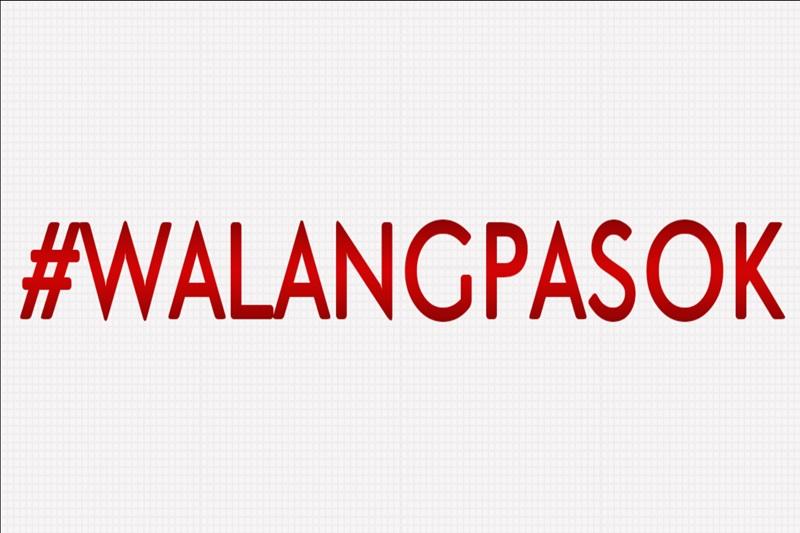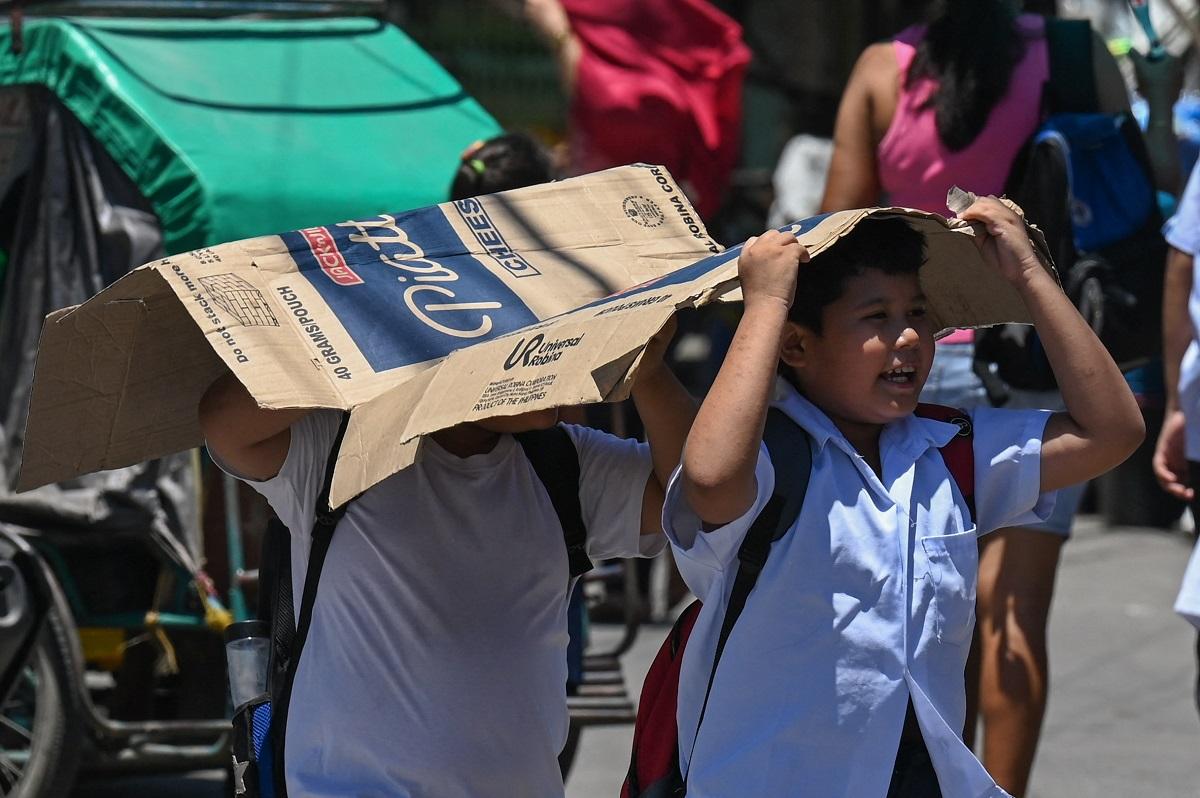Filtered by: Scitech
SciTech
3D printers make Star Trek food replicators a reality
advertisement
Here's a delicious thought for sci-fi fans and foodies alike: the food replicator in "Star Trek" is moving one more step toward reality.
But Captain Jean-Luc Picard won't quite get his hot Earl Grey yet—the closest thing we have to a replicator at this time is a 3D printer that churns out pizza.
"Austin, Texas-based Systems & Materials Research Consultancy (SMRC), led by senior mechanical engineer and founder Anjan Contractor, went off and created a 3D food printer that utilizes long-lasting powdered ingredients, individual vessels/containers (containing powder, water, oil) and heated plates (on the printer bed) to whip up a mini-pizza in 12 minutes. Contractor notes that additional micro-nutrients can be added," the Star Trek website said.
In May 2013, SMRC won a six-month, $125,000 Small Business Innovation Research Grant from the National Aeronautics and Space Administration to "explore the feasibilty of utilizing 3D-printed food for lengthy space operations."
For now, the next step involves getting the nod of the Food and Drug Administration, StarTrek.com added.
And if all goes well, the site said the 3D pizza - and other items in the future - will "sure beat the freeze-dried stuff astronauts have been dining on for decades."
Even better, SMRC envisions the technology to "avoid food shortage, inflation, starvation, famine, and even food wars."
Sugar printers
A separate article on Fool.com said a company has come out with 3D printers that can produce edible designs printed in full color at 72 dpi.
ChefJet is built for professional kitchens to incorporate "stunning edible prints" with minimal effort, 3D Systems said.
The site said ChefJet will be available later this year in two models, including one at "under $5,000" to deliver single-color edible prints, and another "Pro" version for "under $10,000" for full-color designs.
Initial proposal
Initially, Fool.com said the proposed system sought to combine unflavored macronutrients like protein, starch, and fat from dry, sterile containers with water or oil.
These would be placed at the 3-D print head to reduce spoilage and allow the printer to create food.
But NASA's space printer would also combine this with ink-jet technology to add both micronutrients, flavor, and smell. — TJD, GMA News
More Videos








